A New Jersey wildfire tore through thousands of acres—right after the state cut back on prescribed burns
New Jersey has a million acres filled with towering pitch pines. It’s springtime and the trees stand straight, bare and bonelike, above a carpet of winter needles that worry state fire service professionals. This week, a swath of the Pine Barrens went up in flames, a stark warning of what might be a treacherous fire season. About 11,500 acres were affected by a fire that started Tuesday morning in the Greenwood Forest Wildlife Management Area of Ocean County, New Jersey Forest Fire Service said midday Wednesday. The Garden State Parkway was shut down for miles as thick smoke wafted into neighborhoods and thousands of households and businesses were evacuated for hours and had power cuts. The New Jersey Forest Fire Service said 50% of the blaze was contained by Wednesday evening. Foresters had warned in March that New Jersey was particularly vulnerable to wildfires this year because of below-average rains, near-drought conditions—and a delay in prescribed burns by authorities that have typically helped to reduce risk. A Smokey Bear sign warns against wildfire in Brendan T. Byrne State Forest in the New Jersey Pine Barrens. [Photo: Anna Mattson/Inside Climate News] The pitch pine is considered resilient to fire. Its bark is dark and scaly and can endure the periodic wildfires that are part of the natural ecological cycle. But the pinelands, the first national reserve in the country, also thrive because of forest service prescribed burns to rid brush. This year, foresters said they cut back on springtime burns because of on-the-ground conditions: It has been just too hot and dry to start prescribed fires. The Forest Fire Service typically treats 25,000 acres in central New Jersey, across seven counties, with planned burns. So far this year, forest personnel have burned only 3,320 acres, a fraction of its work in previous years. Five years ago, 26,000 acres were burned. In 2024, 15,000 were targeted. New Jersey entered fire season, from March to May, following its third driest January since records began in 1895. State fire officials are warning that a drop in rainfall and snow have made autumn leaves and winter needles ready tinder across what is called the Atlantic Coastal Pine Barrens. “Conditions have severely hampered efforts by the Forest Fire Service to conduct prescribed fire operations that are critical to preventing wildfires,” Bill Donnelly, the state’s fire warden and forest fire service chief, said in an email before Tuesday’s flames. Donnelly and his team normally conduct prescribed operations through March 15 in the southern and central regions of New Jersey, and April 1 in the north. [Image: Paul Horn/Inside Climate News] When fire officials burn during dry conditions, there’s a higher risk of burning into what’s called the duff layer, which is the decomposed organic matter like leaves, twigs, and needles that sits atop the soil. If burned, Donnelly said, it could damage new growth and cause smoke that lingers, affecting communities and roadways for weeks. “Not sure what the rest of the year’s gonna hold for us,” Donnelly said in a press briefing last month. “If things continue the way they are, we’re going to have quite a fire season on our hands.” New Jersey, the country’s fourth-smallest state geographically, offers an example of America’s growing fire risk in the Northeast. The region is experiencing drier and wetter seasons, part of what is a changing and much less predictable cycle of drought and deluge. Evolving climate patterns are testing fire strategy from California to Connecticut as well as communities. Los Angeles suffered devastating fires in January, with billions of dollars in damages, and UCLA researchers, in an extensive survey, found residents reported emotional and financial loss for months after. Beautiful broadleaf deciduous trees that color the Northeast in the fall are tightly packed so that, in less trying times, when the leaves drop they often hold a lot of moisture, according to Erica Smithwick, a professor of geography and ecology at Penn State University. Not so in drier conditions. The leaves are parched for water as they fall and pose an increased fire risk. “If the leaves are dead and they dry out in the fall and they drop to the ground, all you need is ignition to get it all to burn,” Smithwick said. Burns are meant to clear undergrowth safely and limit wildfire. Last fall, multiple woodland fires broke out in the Northeast including Connecticut, Massachusetts, Rhode Island, and New York. In January, firefighters from a coalition of Northeast states met to discuss the increasing unpredictability of rain and drought across the region. Record-low rainfall allowed for blazes in October and November north of Boston, in Brooklyn, and in Connecticut. On New Jersey’s border with New York, fire scorched 5,000 acres of land and one volunteer firefighter died. Some experts, including Jaclyn Rhoads, executive director at Pine
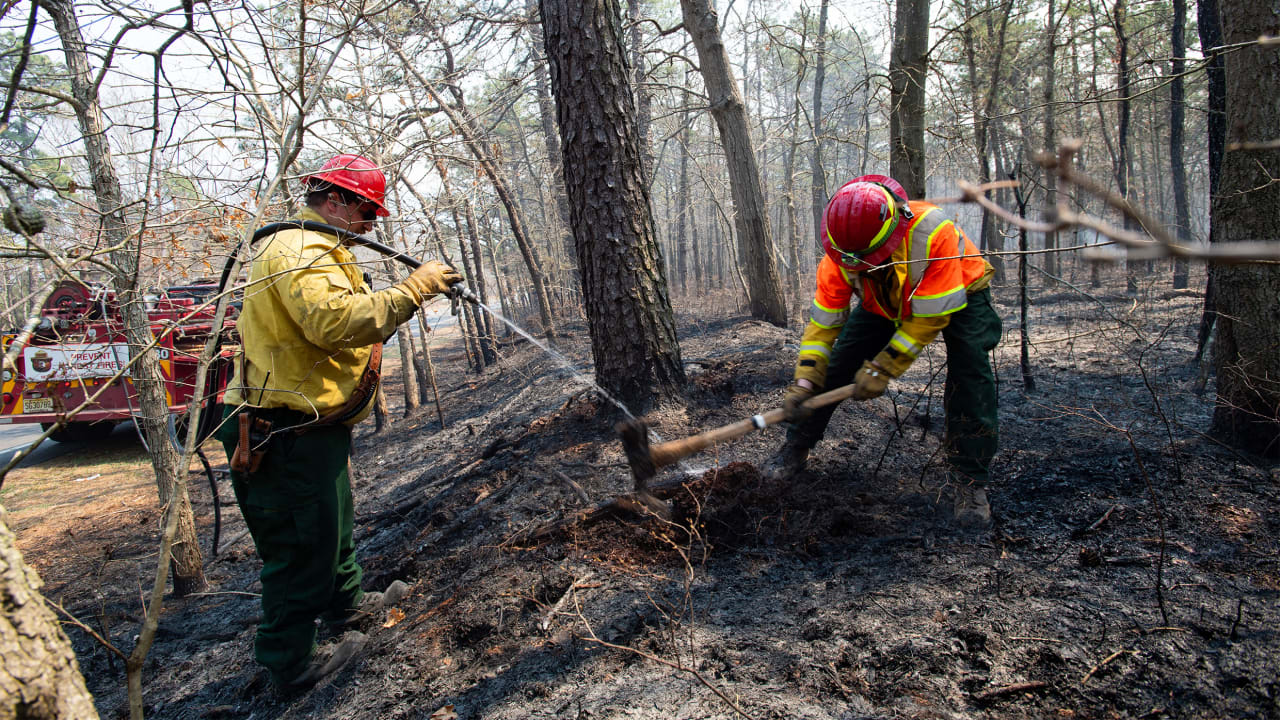
New Jersey has a million acres filled with towering pitch pines. It’s springtime and the trees stand straight, bare and bonelike, above a carpet of winter needles that worry state fire service professionals. This week, a swath of the Pine Barrens went up in flames, a stark warning of what might be a treacherous fire season.
About 11,500 acres were affected by a fire that started Tuesday morning in the Greenwood Forest Wildlife Management Area of Ocean County, New Jersey Forest Fire Service said midday Wednesday. The Garden State Parkway was shut down for miles as thick smoke wafted into neighborhoods and thousands of households and businesses were evacuated for hours and had power cuts. The New Jersey Forest Fire Service said 50% of the blaze was contained by Wednesday evening.
Foresters had warned in March that New Jersey was particularly vulnerable to wildfires this year because of below-average rains, near-drought conditions—and a delay in prescribed burns by authorities that have typically helped to reduce risk.

The pitch pine is considered resilient to fire. Its bark is dark and scaly and can endure the periodic wildfires that are part of the natural ecological cycle. But the pinelands, the first national reserve in the country, also thrive because of forest service prescribed burns to rid brush. This year, foresters said they cut back on springtime burns because of on-the-ground conditions: It has been just too hot and dry to start prescribed fires.
The Forest Fire Service typically treats 25,000 acres in central New Jersey, across seven counties, with planned burns. So far this year, forest personnel have burned only 3,320 acres, a fraction of its work in previous years. Five years ago, 26,000 acres were burned. In 2024, 15,000 were targeted.
New Jersey entered fire season, from March to May, following its third driest January since records began in 1895. State fire officials are warning that a drop in rainfall and snow have made autumn leaves and winter needles ready tinder across what is called the Atlantic Coastal Pine Barrens.
“Conditions have severely hampered efforts by the Forest Fire Service to conduct prescribed fire operations that are critical to preventing wildfires,” Bill Donnelly, the state’s fire warden and forest fire service chief, said in an email before Tuesday’s flames.
Donnelly and his team normally conduct prescribed operations through March 15 in the southern and central regions of New Jersey, and April 1 in the north.
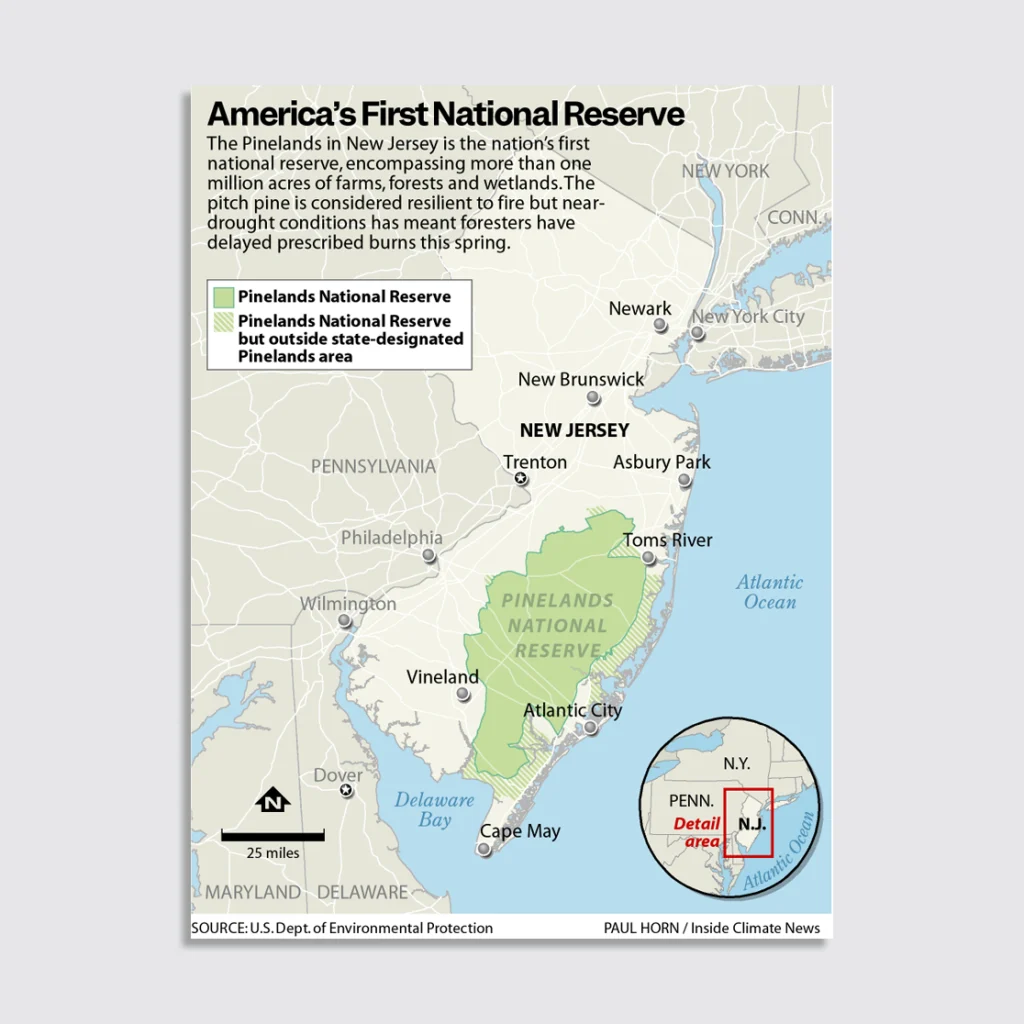
When fire officials burn during dry conditions, there’s a higher risk of burning into what’s called the duff layer, which is the decomposed organic matter like leaves, twigs, and needles that sits atop the soil. If burned, Donnelly said, it could damage new growth and cause smoke that lingers, affecting communities and roadways for weeks.
“Not sure what the rest of the year’s gonna hold for us,” Donnelly said in a press briefing last month. “If things continue the way they are, we’re going to have quite a fire season on our hands.”
New Jersey, the country’s fourth-smallest state geographically, offers an example of America’s growing fire risk in the Northeast. The region is experiencing drier and wetter seasons, part of what is a changing and much less predictable cycle of drought and deluge. Evolving climate patterns are testing fire strategy from California to Connecticut as well as communities. Los Angeles suffered devastating fires in January, with billions of dollars in damages, and UCLA researchers, in an extensive survey, found residents reported emotional and financial loss for months after.
Beautiful broadleaf deciduous trees that color the Northeast in the fall are tightly packed so that, in less trying times, when the leaves drop they often hold a lot of moisture, according to Erica Smithwick, a professor of geography and ecology at Penn State University.
Not so in drier conditions. The leaves are parched for water as they fall and pose an increased fire risk. “If the leaves are dead and they dry out in the fall and they drop to the ground, all you need is ignition to get it all to burn,” Smithwick said. Burns are meant to clear undergrowth safely and limit wildfire.
Last fall, multiple woodland fires broke out in the Northeast including Connecticut, Massachusetts, Rhode Island, and New York. In January, firefighters from a coalition of Northeast states met to discuss the increasing unpredictability of rain and drought across the region. Record-low rainfall allowed for blazes in October and November north of Boston, in Brooklyn, and in Connecticut. On New Jersey’s border with New York, fire scorched 5,000 acres of land and one volunteer firefighter died.
Some experts, including Jaclyn Rhoads, executive director at Pinelands Preservation Alliance, suggest that prescribed burning should occur throughout the year. Fire personnel should be planning beyond seasons, she said, and considering month-by-month weather conditions.
“We need to try to mimic the wildfires in a controlled way that allows for us to receive all the benefits without necessarily the damages,” Rhoads said. “There are plenty of examples, like in Florida, where their forest fire service burns all year round.”
Smithwick at Penn State noted that Northeast forests are close to cities and infrastructure such as roads and powerlines. Maps of wildlife urban interface (WUI)—areas where wildland vegetation and man-made development intermingle and are particularly vulnerable to wildfires—show an expansion of 2 million acres per year based on data from the U.S. Fire Administration.
“Even a small wildfire could have more impact in the east because of all that built infrastructure,” Smithwick said. “In fact, New Jersey, Pennsylvania, the mid-Atlantic—some of the highest WUI in the country is in the east.”
Caryn Shinske, senior press officer of the New Jersey Department of Environmental Protection, said fire teams in the past month had been staffing fire towers, staging for initial response for possible fires, and readying equipment for the summer risks.
—By Anna Mattson, Inside Climate News
This article originally appeared on Inside Climate News. It is republished with permission. Sign up for their newsletter here.
































































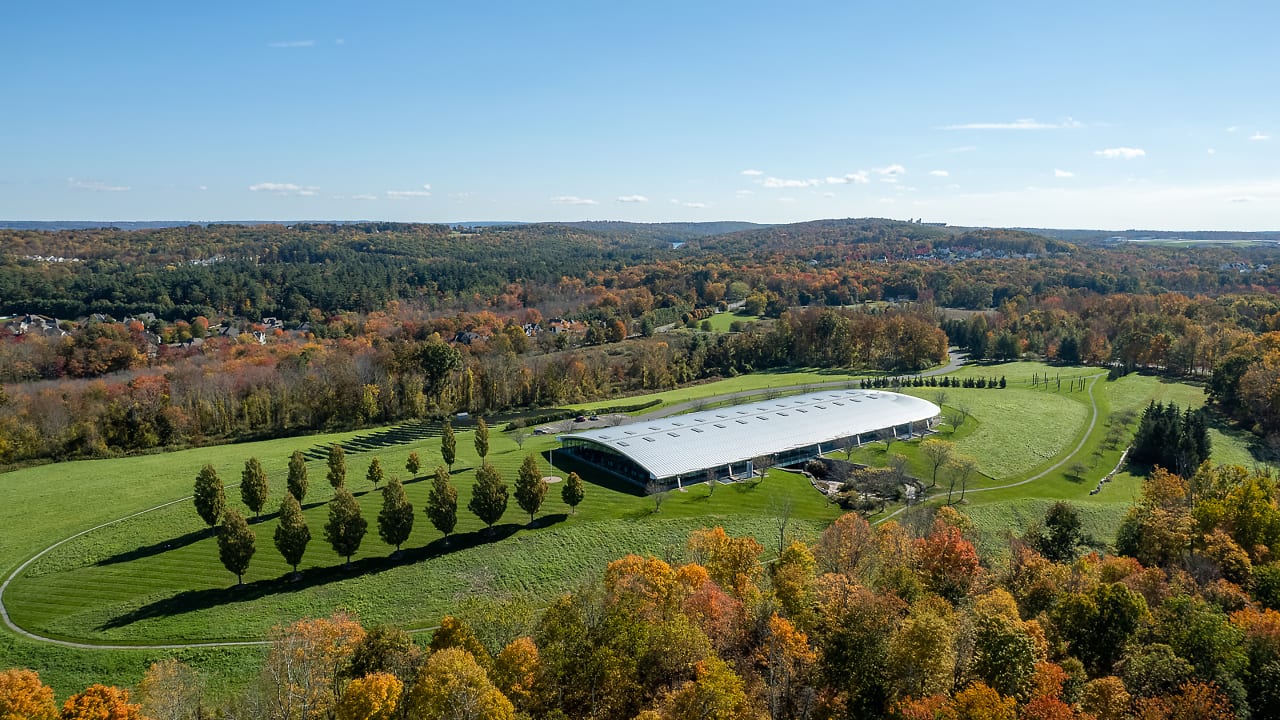




























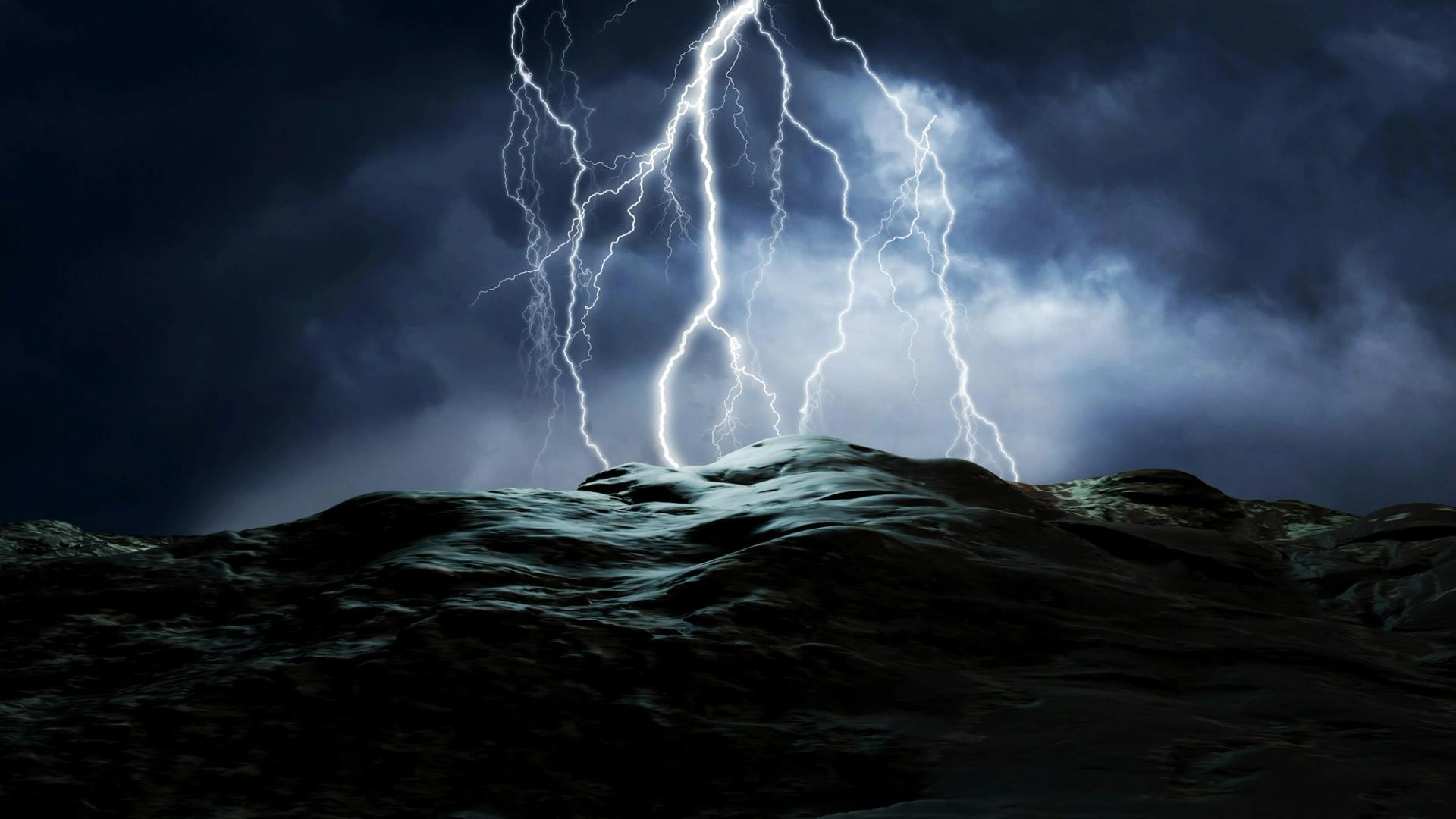





















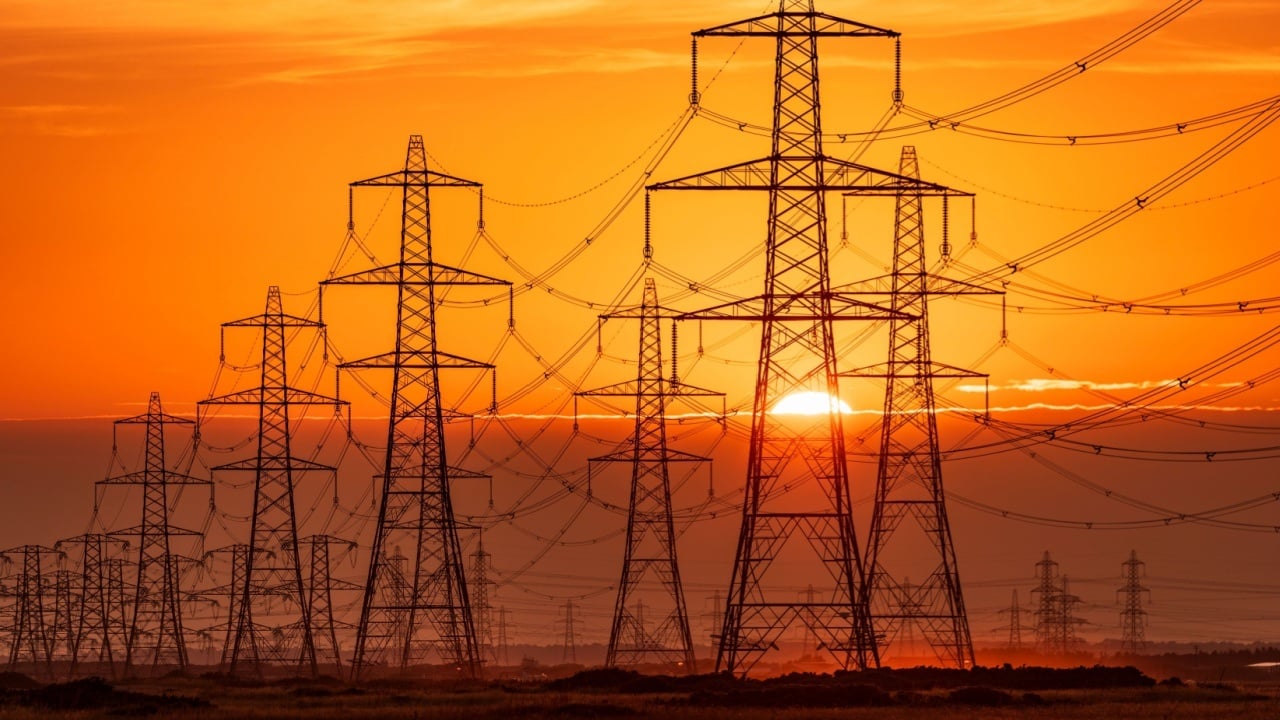






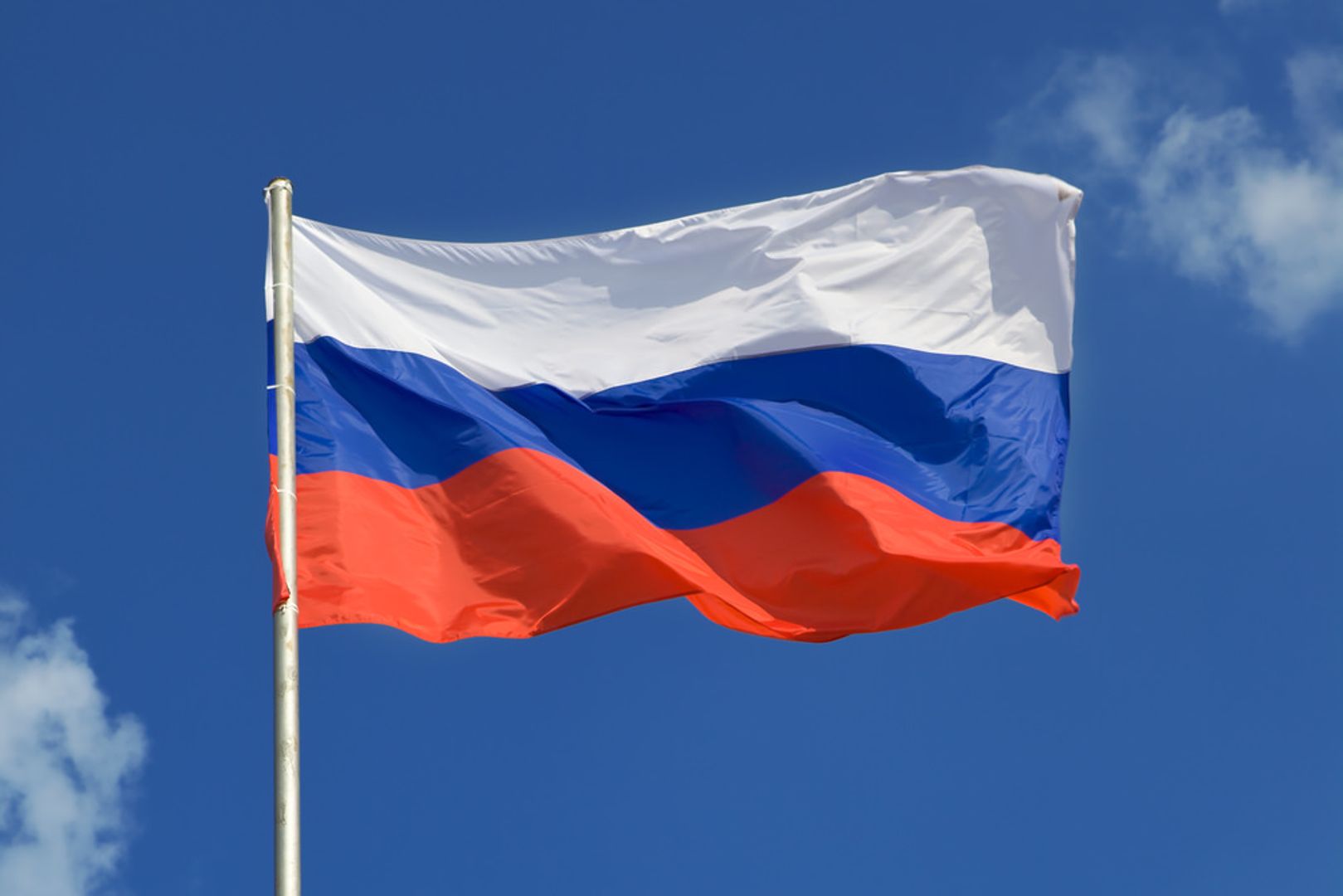



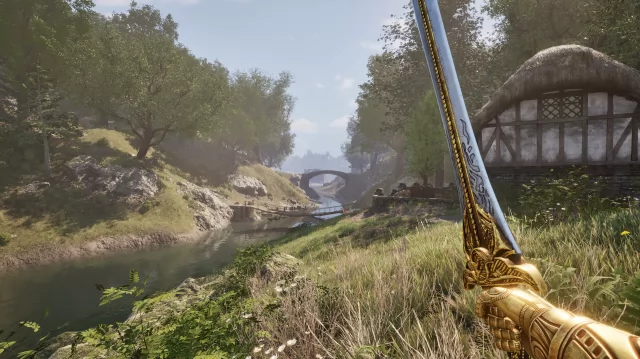

















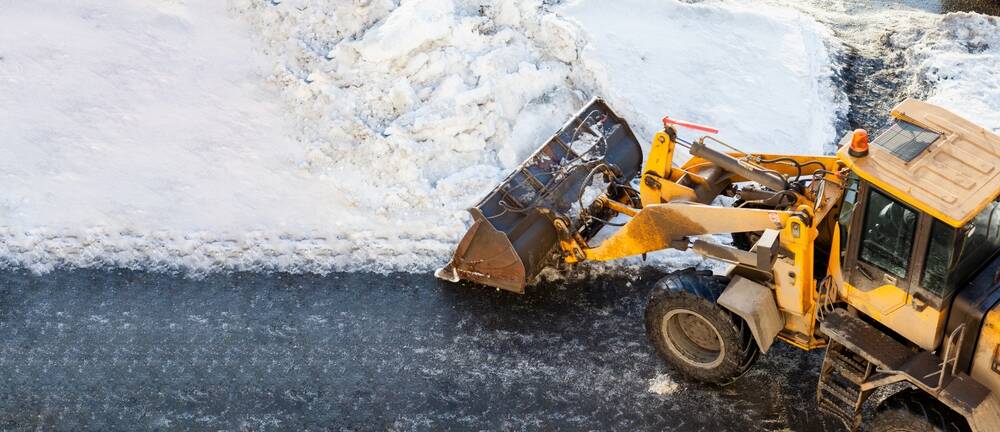





















































![How to Find Low-Competition Keywords with Semrush [Super Easy]](https://static.semrush.com/blog/uploads/media/73/62/7362f16fb9e460b6d58ccc09b4a048b6/how-to-find-low-competition-keywords-sm.png)
